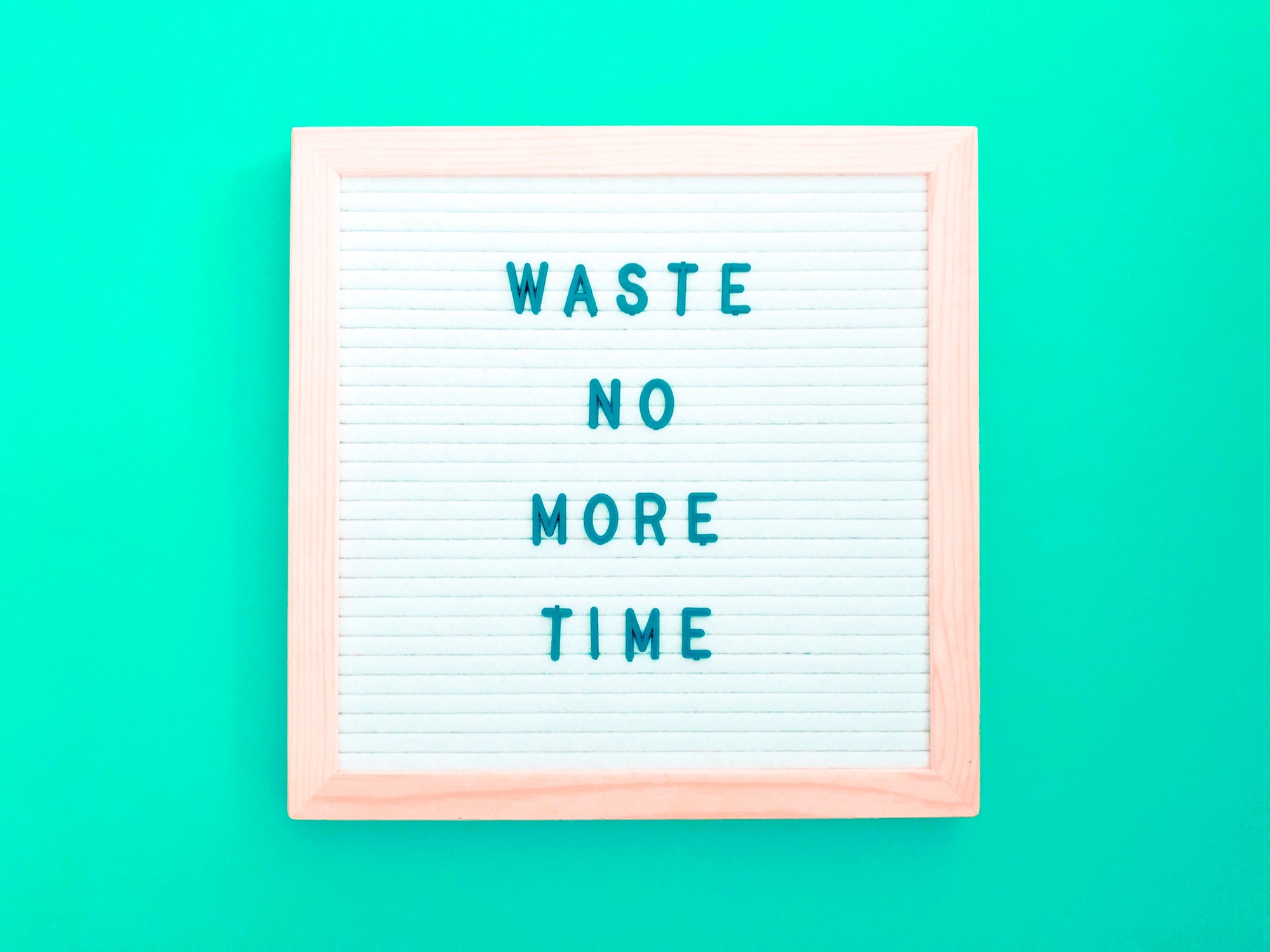Lactose intolerance can make eating a well-balanced diet more complicated. If you are among the countless people who have difficulty digesting milk products, there are plenty of delicious ways to get the nutrients you require from both dairy and non-dairy foods.
Dairy Foods

1. Control serving sizes
Lactose intolerance is normally a matter of degree. Discover your individual convenience level by eliminating all dairy foods and then including them back into your diet a little at a time.
* By eating dairy products in moderation, you can probably prevent the normal signs like cramps, gas, or bloating that usually takes place within 2 hours of eating a trigger food.
2. Integrate dairy items with non-dairy foods
You may be able to endure trigger foods much better if you pair them with other stuff. Try putting milk on your cereal instead of consuming a glass by itself. Serve ice cream on a piece of the pie.
3. Consume a lot of yogurt
Despite the fact that yogurt contains the sugar (called lactose) that your body has difficulty digesting, it likewise produces the lactase enzyme that solves that problem.
* Frozen yogurt lacks live cultures, but many yogurt items are loaded with active germs that will secure you from any discomfort.
4. Say cheese
Cheese is another winner. Hard cheeses like cheddar are naturally lower in lactose than the soft and velvety styles like Brie. Cottage cheese and Feta are likewise excellent choices.
* With growing awareness about lactose intolerance, you also now have the choice of lactose totally free cheeses.
5. Try to find unique solutions
Practically all dairy items, including milk, now been available in lactose complimentary and low lactose versions. With an estimated 30 to 50 million individuals in the U.S. alone being sensitive to dairy products, there’s a huge market for manufacturers to accommodate.
6. Read package labels carefully
Enjoy out for milk items in locations where you’re not likely to presume them. Numerous processed foods include dairy items, as do specific organ meats and even Lima beans. Read labels to see if what you’re buying contains whey, caseinates, milk solids, curds and other ingredients that could spell trouble.
7. Consider supplements
You may discover that lactase enzyme supplements enable you to keep eating dairy products. Ask your physician if they’re right for you.
Non-Dairy Foods and Other Strategies

1. Learn about non-dairy calcium sources
Calcium is necessary for healthy bones, nerves and blood circulation.
* If you believe you require more calcium, try non-dairy sources like broccoli and other green veggies or fish with edible bones like salmon and sardines.
2. Mind your vitamin D intake
Vitamin D is also essential for your bones and basic wellbeing. While milk is strengthened with this necessary nutrient, so are many other foods like bread and breakfast cereals. Natural sunlight likewise helps your body make its own vitamin D.
3. Order Chinese food
Eating out can often present problems when you’re attempting to avoid lactose. Most Asian foods hardly ever utilize dairy products, so you ought to discover lots of dishes on the menu that are attractive and safe.
4. Learn new recipes
In the house, you can customize many dishes that use dairy items to suit your requirements. For example, fruit pulp can stand in for butter.
5. Be prepared for age-related modifications
Many people become more conscious milk as they grow older. Understanding your options will help you to keep eating well.
Lactose intolerance is generally simple to manage. Find your individual comfort level with dairy foods, go with the best options like yogurt, and get calcium and vitamin D from non-dairy sources if needed. Your medical professional or a nutritionist can assist you create an eating strategy that will keep you well nurtured.



